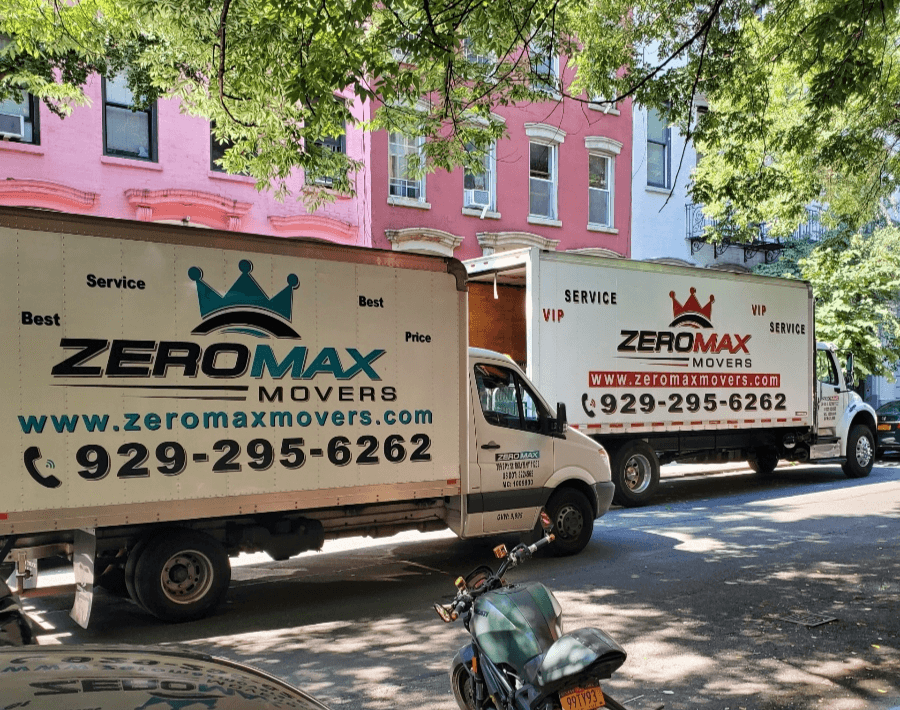Introduction
Moving to a new home can be both exciting and stressful. There’s a lot to think about, from packing your belongings to coordinating logistics. But when you have pets, the moving process becomes even more complicated. Pets are part of the family, and their well-being is a top priority. To ensure a smooth transition for both you and your furry companions, it’s essential to plan and execute the pet moving, local movers with care. In this article, we will explore the ins and outs of the moving process with pets, providing you with valuable insights and practical tips to make the transition as seamless as possible.
Preparation is Key
The first step in any successful move with pets is thorough preparation. This involves researching and planning well in advance. Here’s what you should consider:
- Choose a Pet-Friendly Neighborhood: Before you even start packing, consider your new neighborhood. Is it pet-friendly? Are there nearby parks, walking trails, and veterinarians? Ensure your new home accommodates your pet’s needs.
- Update ID Tags and Microchips: Ensure your pet’s identification tags and microchip information are up to date with your new address and contact details. This is vital in case your pet gets lost during the move.
- Health Checkup: Schedule a visit to the veterinarian for a thorough health checkup and ensure that vaccinations are current. Discuss any concerns or questions you may have about the move and ask for advice on potential health issues your pet may face during the transition.
- Packing Strategically: As you start packing your belongings, keep your pet’s essentials accessible. This includes food, water, medications, toys, and their crate. Familiar items can provide comfort during the move.
- Travel Arrangements: If you’re moving a considerable distance, you’ll need to plan how your pet will travel. Whether it’s by car or plane, ensure you know the regulations and requirements for transporting pets.
- Acclimatize to the Carrier or Crate: If your pet is not used to a carrier or crate, start getting them comfortable with it in the weeks leading up to the move. Place treats, toys, and bedding inside to create a positive association.
Moving Day
On moving day itself, there are several key steps to take to ensure your pet’s safety and comfort:
- Secure Your Pet: On a moving day, keep your pet in a quiet and secure room away from the commotion. This will prevent them from getting stressed or injured during the move.
- Use a Pet Carrier: When it’s time to transport your pet, place them in a pet moving or crate that is well-ventilated and secure. Make sure to include familiar items to help them feel at ease.
- Plan Rest Stops: If you’re traveling long distances by car, plan rest stops to allow your pet to stretch their legs and relieve themselves. Always keep them on a leash when outside the vehicle.
- Provide Comfort: Offer your pet plenty of love, attention, and comfort during the move. Familiar scents and their favorite toys can help reduce anxiety.
Arriving at Your New Home
The first day in your new home is crucial in helping your pet adjust to their new environment. Here are some important steps to follow:
- Create a Safe Space: Designate a room where your pet can acclimate to their new surroundings. Ensure it’s safe, comfortable, and free from hazards.
- Gradual Exploration: Allow your pet to explore the new space at their own pace. Don’t rush them, as it can be overwhelming.
- Maintain Routine: Stick to your pet’s routine as closely as possible when it comes to feeding, playtime, and bathroom breaks. Consistency can be reassuring for your pet.
- Pet-Proof Your Home: Ensure that your new home is pet-proofed, covering any potential dangers like exposed wires or toxic plants.
- Reintroduce Outdoor Spaces: If you have an outdoor area, introduce it gradually to your pet, ensuring it’s secure and escape-proof.
Conclusion
Moving with pets may seem daunting, but with proper planning and care, the transition can be relatively smooth and stress-free. Your pets rely on you for their safety and comfort, so taking the time to prepare and implement these strategies will make the moving process much more manageable for both you and your beloved furry companions. Remember, with patience and understanding, your pets will soon adjust to their new surroundings, and you’ll all be enjoying the comforts of your new home together.

